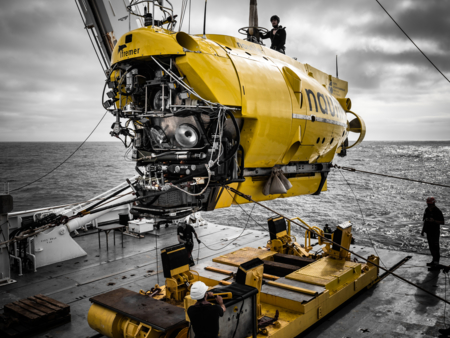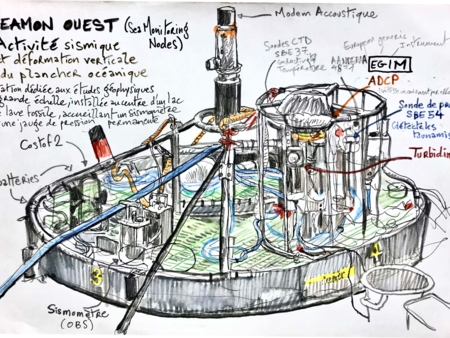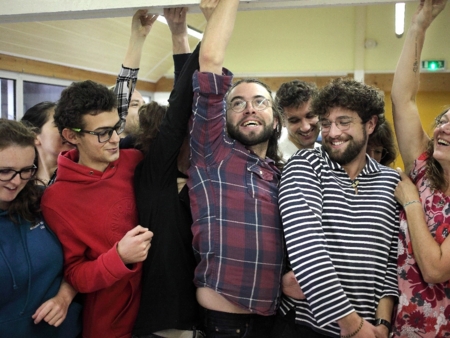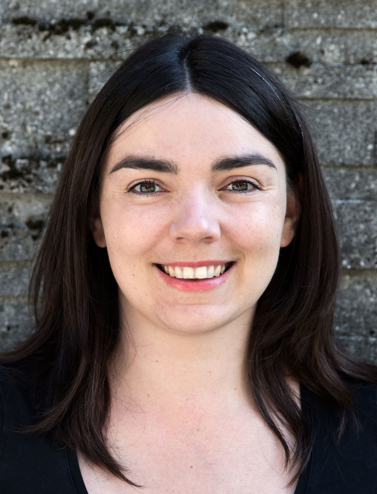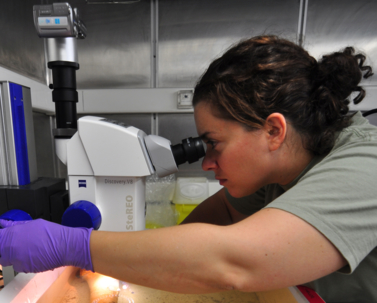WP4 - Sabine Gollner - NIOZ & Florence Pradillon - Ifremer
Sabine Gollner
Dr Gollner has >15 years expertise as deep-sea benthic ecologist, is linked to the global DOSI network, and has experience with the International Seabed Authority (ISA). She obtained her PhD in ecology/zoology at the University of Vienna/Austria (topic: diversity of hydrothermal vent fauna), and was afterwards engaged in the EU project MIDAS: “Managing Impacts of Deep Sea Resource Exploitation”. At NIOZ, her current projects include diversity and connectivity of vent fauna in the Atlantic and Pacific, as well as “JPIO MiningImpact 2” where she explores biodiversity
and restoration after mining impact at nodule fields. Sabine has been on 8 research expeditions on the high seas and has published >30 peer-reviewed articles and reports. She is member of the Netherlands delegation to the ISA, and has joined several workshops organized by the ISA (e.g. on Regional Environmental Management Plans). She is colead of the Minerals Working Group of the Deep Ocean Stewardship Initiative (DOSI).
Florence Pradillon
Florence Pradillon is a marine biologist working at the Deep-Sea Laboratory at Ifremer, in Brest, France. Her main research focuses is on the life cycle ofdeep-sea organismsendemic to chemosynthesis-based ecosystems, and aimsat deciphering their dispersal and colonization patterns. She is particularly interested in the ecology and biology of larval stages, their tolerance to changes in environmental conditions, their relationships with microorganisms, and their potential role in the resilience of deep-sea animal communities facing anthropic impacts. She developed specific tools to collect deep-sea larvae, and she uses both morphology and molecular data (barcodes) to assess biodiversity of the larval pool, its variations in space and time and in response to natural or anthropic environmental changes. Recently, she became involved in the Ifremer ABYSS project, which will assess and use different metagenetic approaches to evaluate biodiversity at the sediment water interface in the deep-sea.

